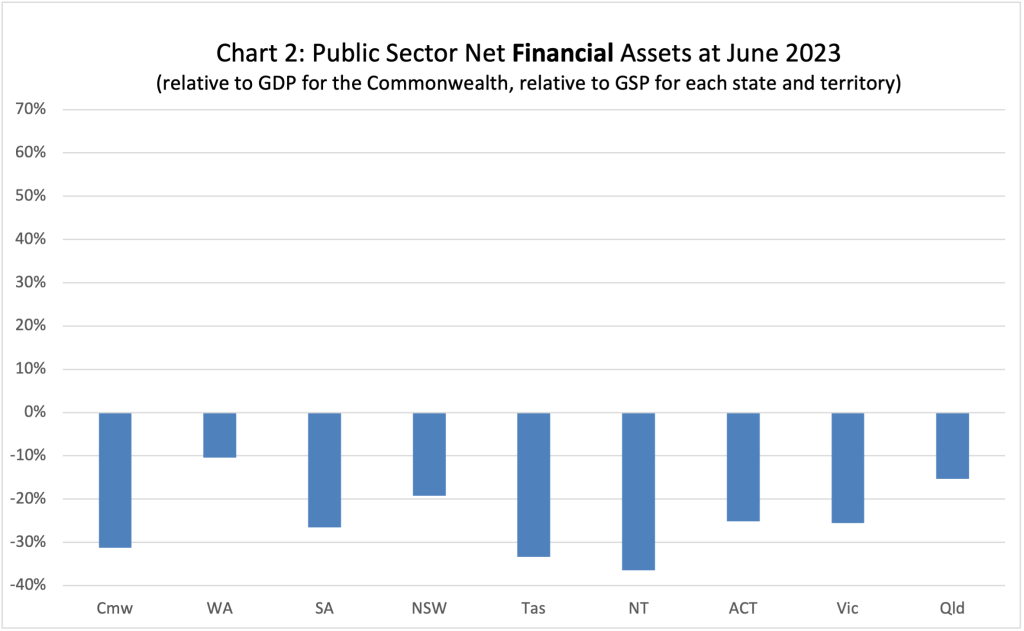The Tax Power
The Commissioner of Taxation has too much power.
Libertarians consider tax to be either theft or, at best, should be low and flat to cover bare necessities. It certainly shouldn’t be as complex as it is or run to thousands of pages.
Most mainstream tax reform proponents have grandiose visions that would only add complexity and likely raise the overall tax burden. Libertarians rightly oppose those ideas as they come.
However, there is an easy win that ought to be important to libertarians: we need to limit the Commissioner of Taxation’s powers. It’s not exciting work, like developing new systems, but it is significant.
First, the Commissioner has too much power to amend assessments.
Australia has a self-assessment tax system. That means we declare income and allowable deductions, which the Commissioner accepts but can then amend if he considers the taxpayer was wrong.
Libertarians can demand fairer amendment periods, a fairer burden of proof, and less funding for the Commissioner.
For individuals the Commissioner can amend an assessment within two years. For businesses, it is usually four years.
However, the relevant section of the law for income tax – leaving aside equivalent sections for other taxes – is around 3000 words– because it contains “ifs” and “buts” to protect the Commissioner.
For example, if the Commissioner makes a tax avoidance determination, he can have four years instead of two years to change an assessment. If the Commissioner believes there has been fraud or evasion, he has an unlimited amendment period. If the Commissioner believes a particular section of the tax law relating to trusts applies, he again has an unlimited amendment period.
These powers predate most of this century’s technological advances, which enable the Commissioner to work more efficiently and collect more data. Also, many amendments to the tax law in recent years have made it easier for the Commissioner to apply the law, including changes to avoidance laws favouring the Commissioner.
It must be a libertarian position to reduce amendment periods.
Second, the Commissioner does not need to prove anything in litigation. The starkest example of this rule operating unjustly is when the Commissioner has amended a taxpayer’s assessment because he believes fraud or evasion has occurred.
The Commissioner need only believe there has been fraud or evasion.
He can form this opinion about any year – 2003, for example. And if he goes back to 2003, he will likely repeat that for many subsequent years, and he will apply penalties and interest.
Most mainstream tax reform proponents have grandiose visions that would only add complexity
Suppose the matter is in the Australian Administrative Appeals Tribunal or the Federal Court of Australia. The Commissioner will not need to prove the truth of his opinion. Also, it doesn’t matter if the taxpayer proves the Commissioner’s opinion was wrong. The taxpayer’s task, two decades later, is to show that its accounting was correct. Not surprisingly, most people do not have records that go back that far.
It must be a libertarian position to oppose the power to simply deem fraud, and to demand a time limit on the exercise of the fraud or evasion power. The Commissioner should have an obligation to prove fraud or evasion has occurred before the taxpayer must prove its accounts.
Third, the Commissioner is emboldened to use his amendment powers through funding. The Commissioner receives substantial funding to run the Australian Taxation Office.
Libertarians would rightly want that funding limited.
However, there is also a perpetual cycle of giving the Commissioner additional funding to use his amendment powers, particularly under the auspices of tax avoidance.
Libertarians would want that funding limited because it encourages the Commissioner to use his firmest amendment powers. It also raises questions about the management of public finances – should the Commissioner be “rewarded” with additional funding for things he should already be doing?
Libertarians can demand fairer amendment periods, a fairer burden of proof, and less funding for the Commissioner.
It would be hard to think that most taxpayers would not be libertarians regarding these issues.




